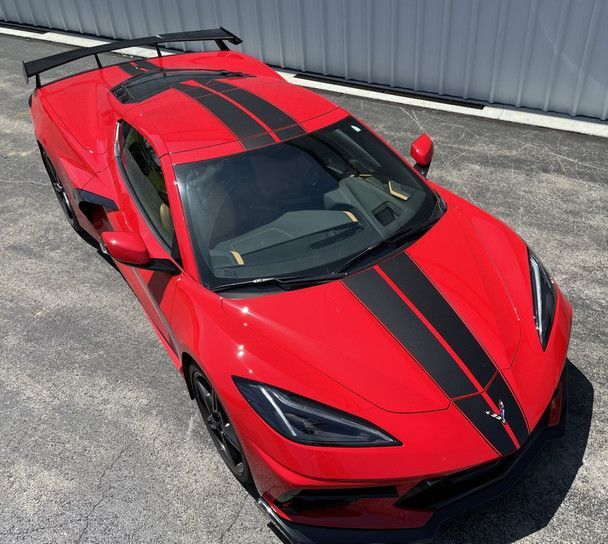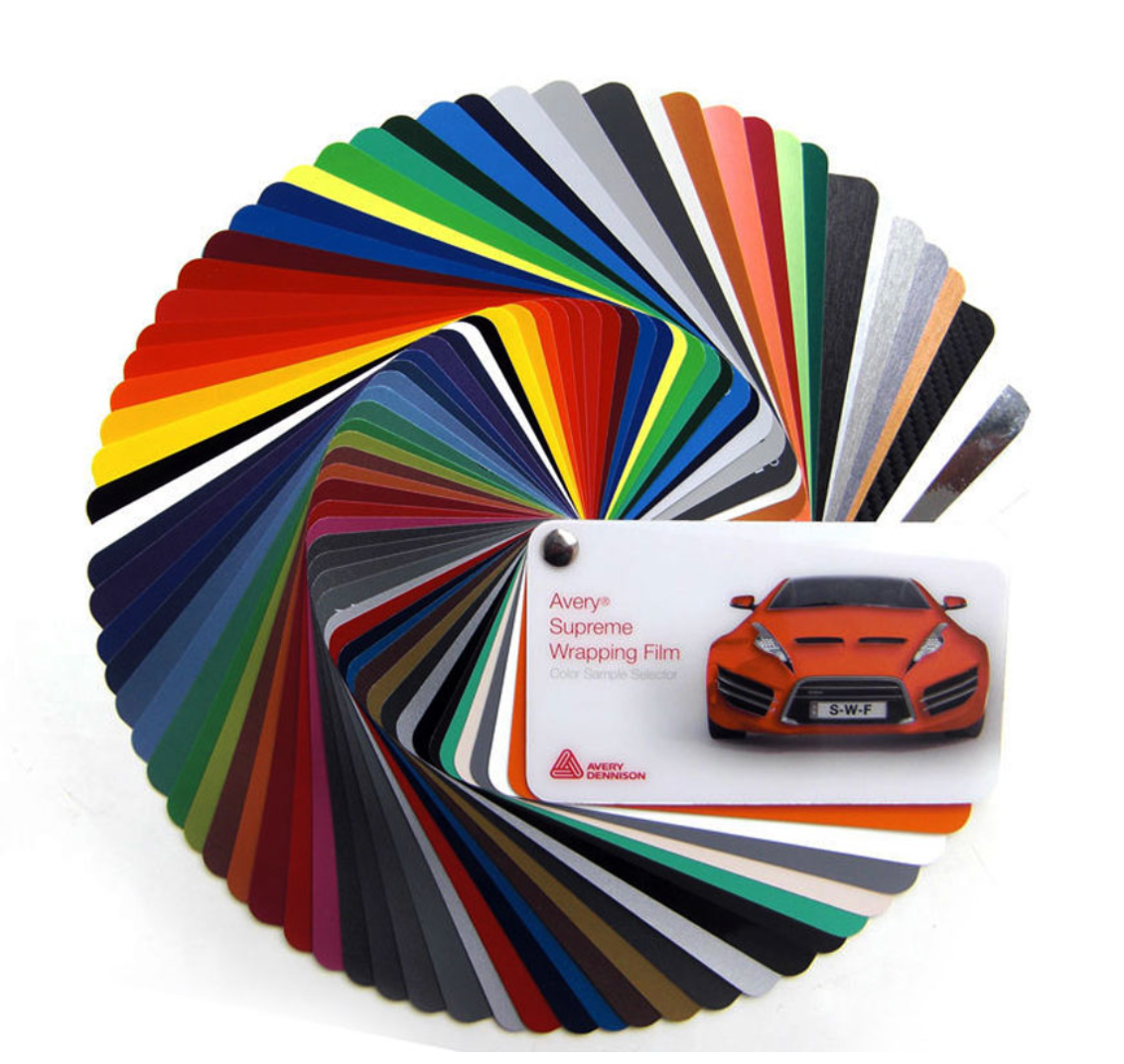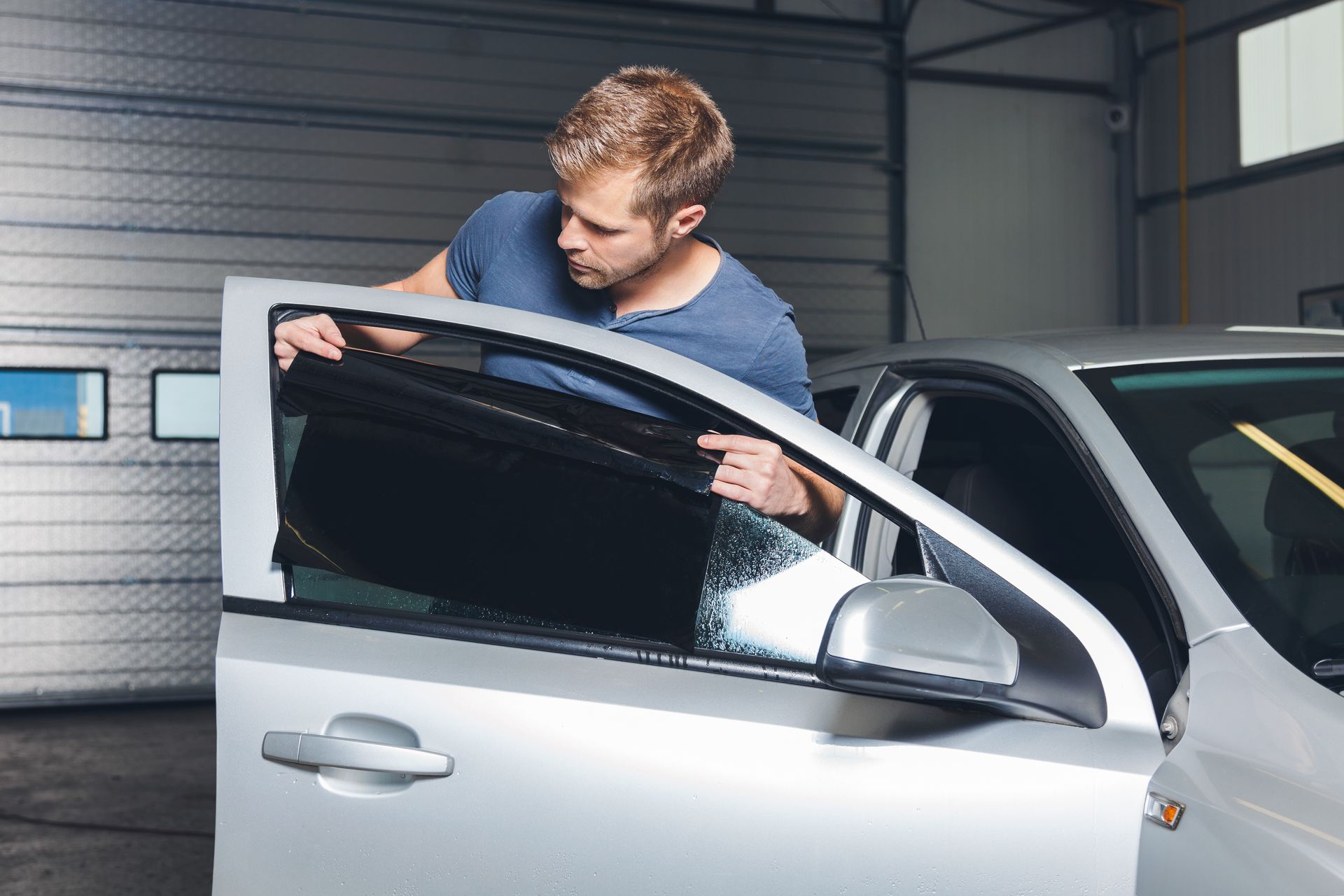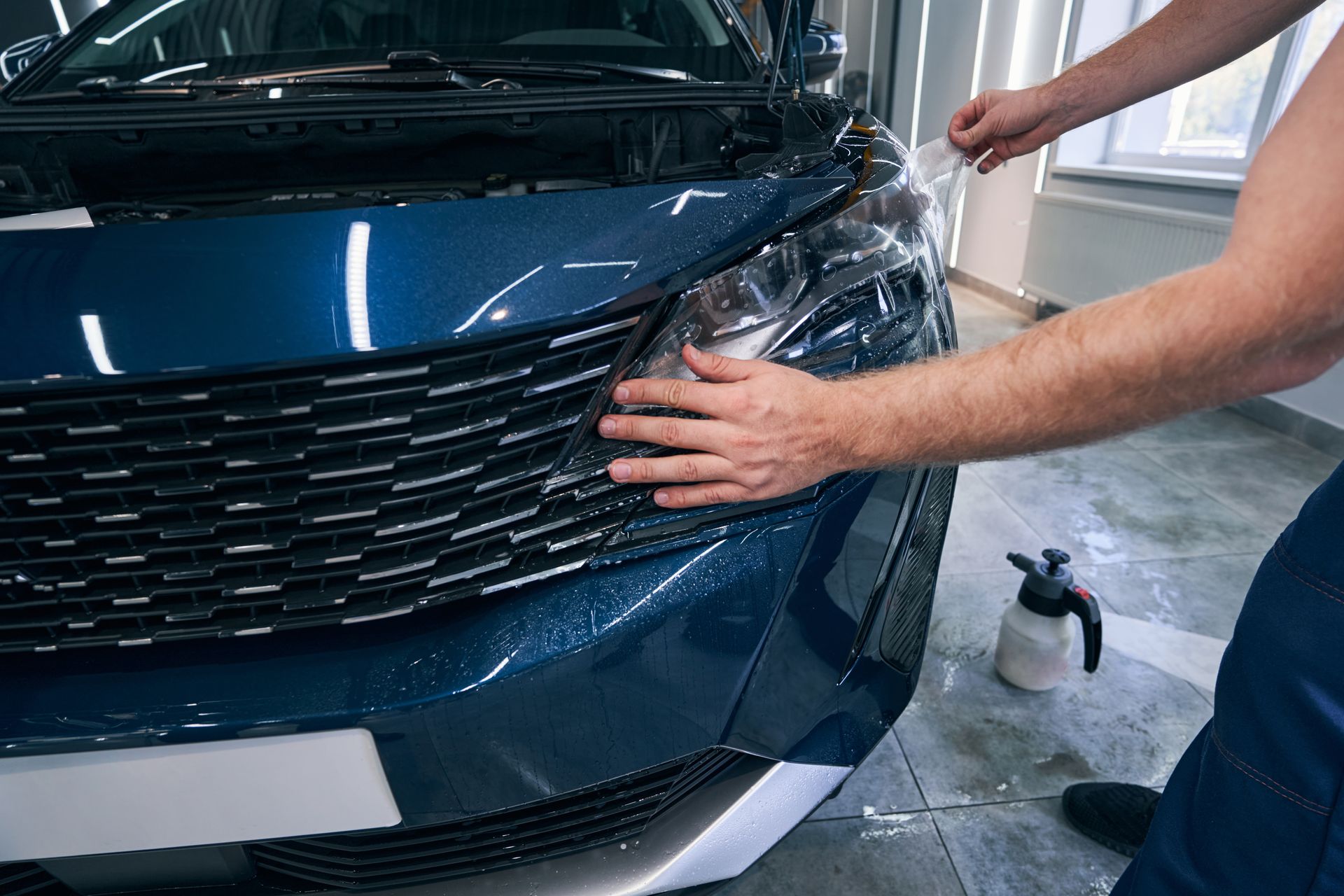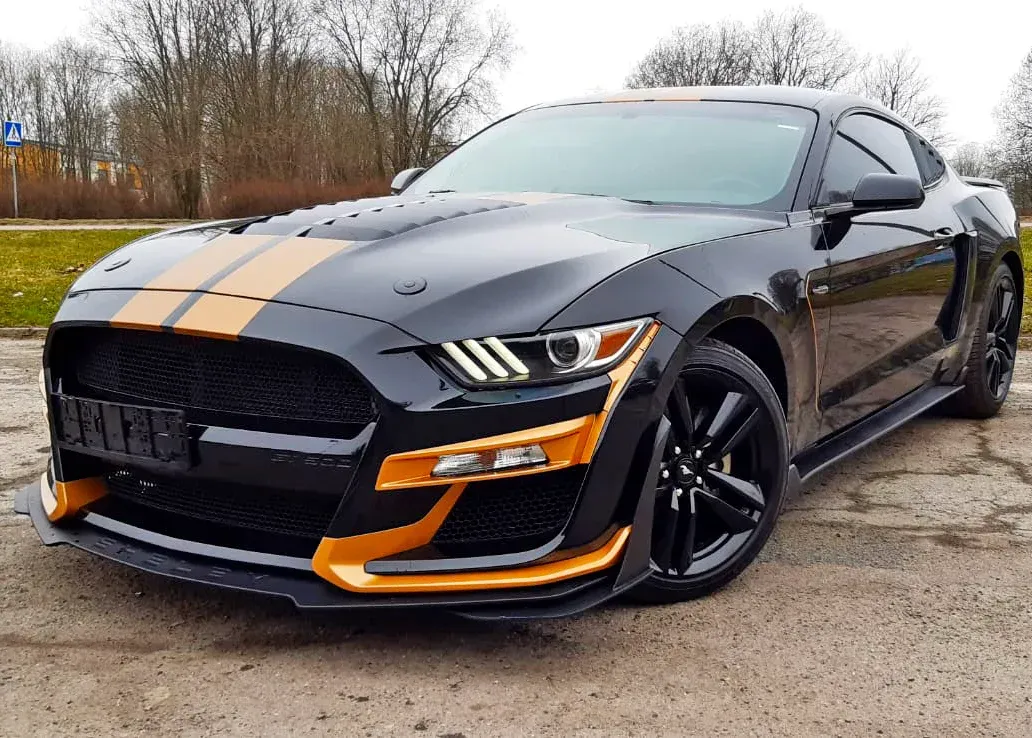Article
Paint Protection Films for Vehicles: The Ultimate Guide for Car Enthusiasts
Maintaining the luster and integrity of your vehicle's paint job is not only a matter of aesthetics; it's a smart investment. With the roads riddled with debris, and the sun's intense rays ever-present, the wear and tear on your vehicle's paint are inevitable. It's here that the unsung hero, Paint Protection Films (PPF), steps in to shield your vehicle's exterior from the perils of the open road. As a car enthusiast or a diligent vehicle owner, choosing the right PPF and understanding the nuances of its application is crucial.
In this comprehensive guide, we won't just skim the surface – we'll dive deep into the world of PPF. From understanding the types of films available to the nitty-gritty of installation, we have you covered. So, buckle up! Let's explore the benefits, application methods, and every detail in between.
What are Paint Protection Films?
Paint Protection Films, sometimes referred to as clear bras, are a thermoplastic urethane film applied to a vehicle’s painted surfaces. Their main function is to protect the paint from everyday road hazards such as stone chips, bug splatter, and minor abrasions, all while maintaining the original appearance. Car manufacturers typically use thin, clear paint protectant on their vehicles' front bumpers and hoods to safeguard against chips and dings. However, PPF takes this protection a step further, covering more areas of the car and providing a tougher line of defense.
The Benefits of PPF
Invisible Armor: One of the significant attractions of PPF is its transparent nature. It doesn't alter the original appearance of your paint, ensuring a high gloss finish that is virtually indistinguishable from the factory paint.
Scratch Resistance: With PPF in place, your vehicle is less susceptible to the micro-abrasions and scratches that are an everyday occurrence, preserving its pristine look.
Impact Protection: Against gravel, small rocks, and road debris that could otherwise nick your car's paint, PPF is the unsung hero that takes the hits.
Types of Paint Protection Films
When it comes to PPF, one size doesn't fit all. Various types cater to different needs, finishes, and functionalities, ensuring there's a perfect shield for every vehicle out there.
Clear Films – Clear PPF is the industry standard. It's ‘clearly’ the best choice if you want uninterrupted visibility of your car's paint. Installed over the most vulnerable areas, it's a nearly invisible barrier.
Self-Healing Films – Self-healing films, as the name suggests, have a unique attribute that allows them to repair superficial scratches and marks with the application of heat, either from the sun or a heating element.
Matte Films – For a less reflective and more subdued finish, matte PPF can be an excellent option. It not only protects but also adds a custom look to your vehicle, especially popular among enthusiasts of high-performance vehicles and exotics where a unique matte finish is desired.
Installation and Maintenance
Installing PPF is part art, part science. The process involves precision cutting and meticulous placement to ensure a perfect fit. It can be done either by hand or with the assistance of computerized templates for more complex applications. In any case, it should always be installed by a professional PPF certified specialist.
General steps involved in PPF installation:
- Prep the Surface - The vehicle's body must be free of contaminants to adhere perfectly.
- Cut the Film - PPF installers are skilled at cutting the film to match the exact year, make, and model of your car.
- Apply the Film - After precise cuts, the PPF is carefully laid on the 's surface using a slip solution to adjust and settle it correctly.
- Shape and Fit - Using heat and pressure, the film is shaped to fit the curves of your car, ensuring no edges are exposed.
- Final Trim - Any excess film is trimmed, and the entire surface is checked for consistent protection.
Tips for Proper Auto Bra Maintenance and Care
- Ensure the PPF is applied to a freshly waxed surface to prolong its life and maintain a high gloss.
- Regularly wash the vehicle with a Ph-neutral soap and avoid abrasive cleaners.
- Use a mild paint polish if the PPF becomes dull or hazy over time.
Effectiveness of Clear Bra Films
Paint protection films are surprisingly resilient. They are up to the challenge of daily driving and even more challenging conditions without showing signs of wear.
Protection Against Scratches and Rock Chips – PPF can absorb a significant amount of impact without damage, and in the event of a high impact, it's designed to sacrifice itself to protect the paint underneath.
Longevity and Durability – With the right care, PPF can last between five to ten years. It's UV stable and doesn't yellow, ensuring your car looks as good as new for many years to come.
Cost and Value
The cost of PPF can vary based on different factors. However, it often poses a question for vehicle owners – is it worth it?
Factors That Influence the Cost of Paint Protection Films
- Type of Film: Self-healing films are typically more expensive than standard clear films.
- Size of the Vehicle: Larger vehicles require more material and time, which can drive up the cost.
- Quality of the Installation: Skilled labor comes at a premium, and for a service as precise as PPF installation, it’s not an area to cut corners.
Comparison of Costs Versus Potential Damages
While the upfront cost may seem hefty, when you weigh it against the potential damage that your vehicle could incur, especially in harsh road conditions or with frequent highway driving, the value becomes clear. PPF can save you from an expensive respray or repair down the line.
DIY vs. Professional Installation
There are two avenues for PPF installation – a professional service or a do-it-yourself approach. Each has its set of merits and demerits. Professional installers have the skills and experience to do an impeccable job. They offer warranties that cover their work. Although DIY kits are more affordable and you have control over the process and the time of installation, it is risky business. Plus, it requires a thorough understanding of the application process and could result in a less-than-desirable outcome without the right skill set.
Conclusion
Paint protection films extend far beyond aesthetics. They are a significant player in the longevity of your vehicle's paint job, serving as an invisible guardian against the harsh elements of the road. Whether you opt for a clear, self-healing, or matte film, ensuring it's installed with precision and maintained properly will secure your vehicle's investment for years. When pondering the cost, remember the adage: prevention is better than cure. With that in mind, the next time you take your prized possession out for a spin, rest assured that your journey will not just be one of the roads but also one of resilience and protection.
Are you looking for professional and affordable clear bra installation in the Indy area? Contact Choice Window Tint at 317-854-5454 for full-service paint protection films and window films in Greenwood, Indiana. Schedule an evaluation today!
Related Posts:
The Benefits of Auto Window Tinting: Why Every Vehicle Owner Should Consider It
share this
CHOICE WINDOW TINT
Related POSTS
OUR RECENT BLOGS
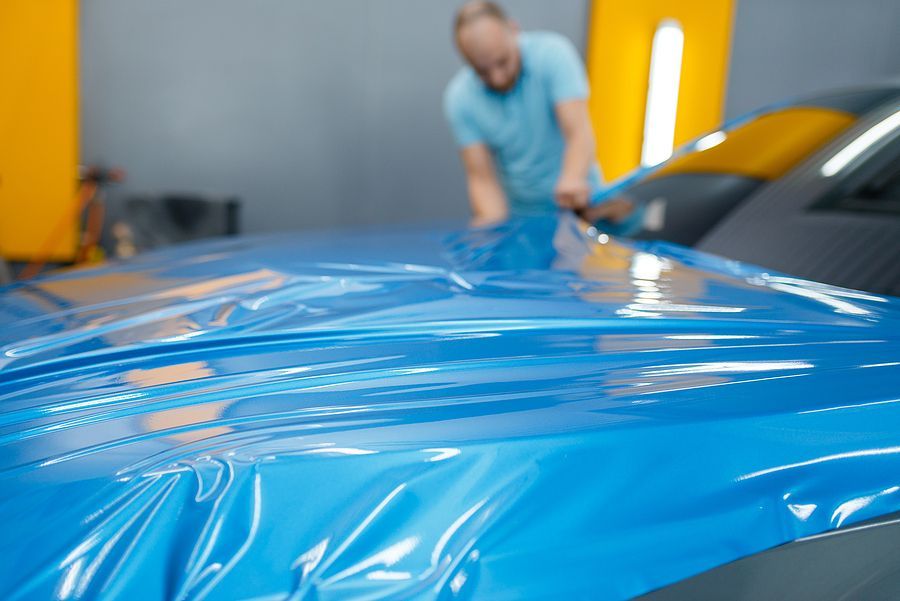
STAY UP TO DATE
GET The
LATEST
Receive the latest product and industry information from Choice Window Tint
Contact Us
